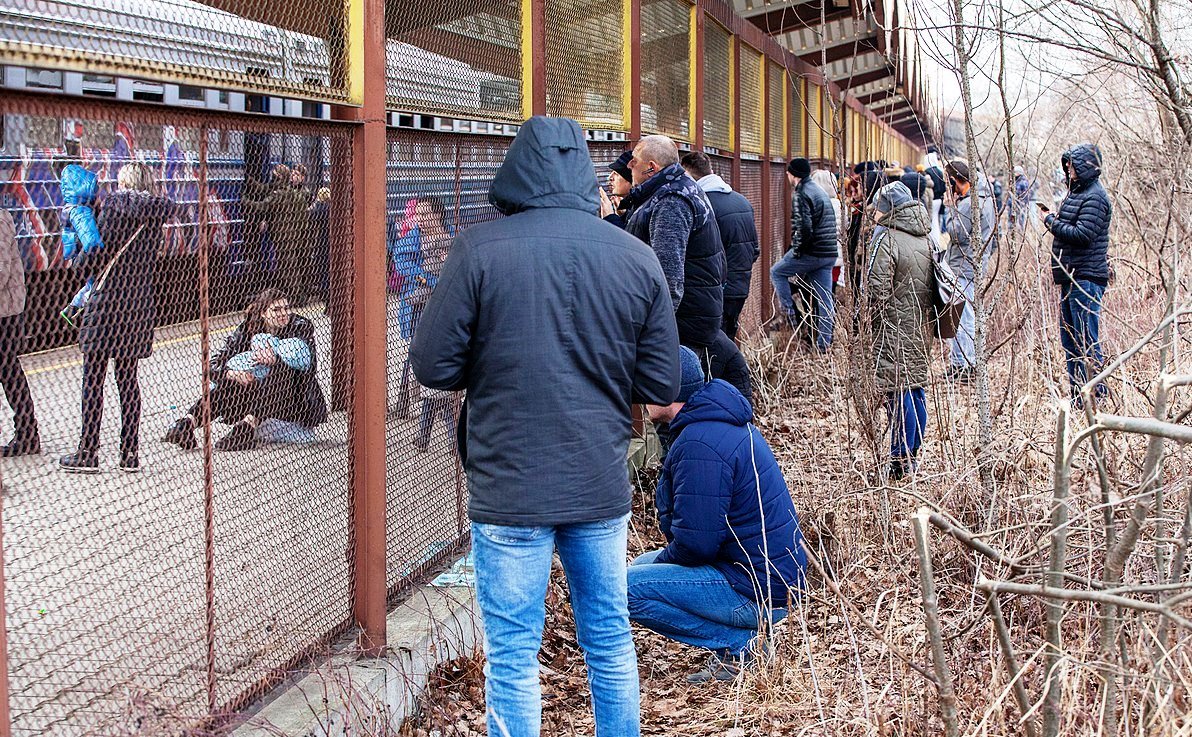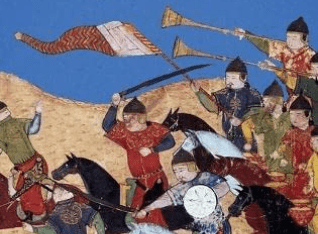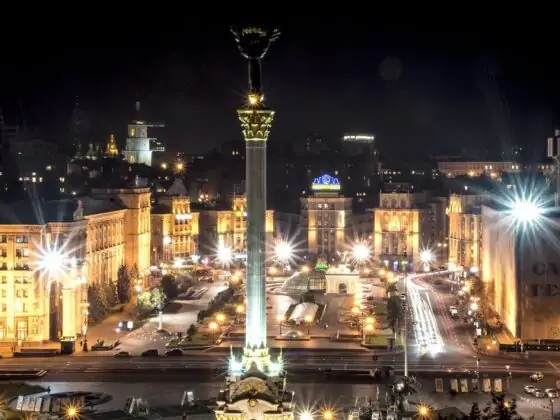(PONARS Eurasia Commentary) There is a massive exodus of Ukrainian residents from the war-torn areas of the country. The focus is quite naturally on the number of Ukrainian refugees that are fleeing the country. About two million people have departed, going to and through, primarily, Poland, Hungary, Slovakia, Romania, and Moldova. They have been highly visible in the media. Their numbers slightly change depending on hostilities in certain areas. Lately, the pace of refugee departures has been slowing down gradually, and it has been reported that the lines at exit points are somewhat shrinking.
Those people are not the only ones who were violently uprooted in Ukraine. Another aspect of the massive exodus is the number of internally displaced persons (IDPs). They have been under the radar in many ways, at least until now. While there is a growing infrastructure and humanitarian provisions in neighboring states (and beyond, such as Ireland) to help those who left Ukraine, the people who have “only” moved internally are hardly noticed and assisted. They rely entirely on their connections, quick wit, and savings.
It is hard to calculate actual numbers. UNHCR provides information projecting that there may be up to 6.7 million IDPs in Ukraine. Meanwhile, the intensity of the fighting is unparalleled in the history of the ongoing Russo-Ukrainian conflict. While in the early stages of the war, civilians were mostly collateral damage, now they appear to be targeted. Threats come from deadly weapons and also the increasing humanitarian catastrophe in besieged towns and cities. Without basic amenities—food, water—people leave, and quickly.
There are numerous reasons some prefer to remain within their country versus going abroad. Money is one. Even with bad inflation in Ukraine, many feel that costs and prices are higher outside the country. Some are more “comfortable” in their homeland surrounded by compatriots. Some have overwhelming anxiety about the unknowns facing them abroad. This is despite lots of evidence that Ukrainian refugees are treated very well.
Many have been aware of the large backups at the border crossings as the massive Russian invasion unfolded in the early phase. Governmental and volunteer infrastructure was (and is) lacking. Many people do not want to go through physically and emotionally exhausting uncertainties at the border.
Some Ukrainians hope that circumstances might allow them to return to their homes sooner rather than later, keeping them closer to their home vicinities. Others feel that if they go abroad, they will have a hard time returning due to wartime restrictions and bureaucratic measures. Many are waiting for relatives and friends to join them in tentative plans. Also, many Ukrainians receive salaries and pensions and worry that those payments will not be accessible overseas or will simply cease being made if they leave their place of residence.
There are Ukrainians who think that the Russian military action will be limited to just some parts of the large country, so they feel relatively safe removed from the hot zones. Indeed, Russia’s military advances have been relatively slow, especially in the northeastern parts, which gives people hope that the war will not reach them.
Still, Western Ukraine now hosts IDPs in enormous numbers. It is an ad hoc shelter zone of humanitarian assistance. Many people are staying with relatives and friends in the Western parts of the country, which has displayed the utmost hospitality to acquaintances and complete strangers.
To date, men between 18 and 60 years old are not allowed to leave Ukraine due to martial law. This has meant that some families have preferred to stick together instead of becoming divided, splitting only when the war comes visibly closer. Millions and millions of Ukrainians are now making these hard decisions on a daily basis, as refugee and IDP alarm bells ring for Ukrainian officials and the international community.











